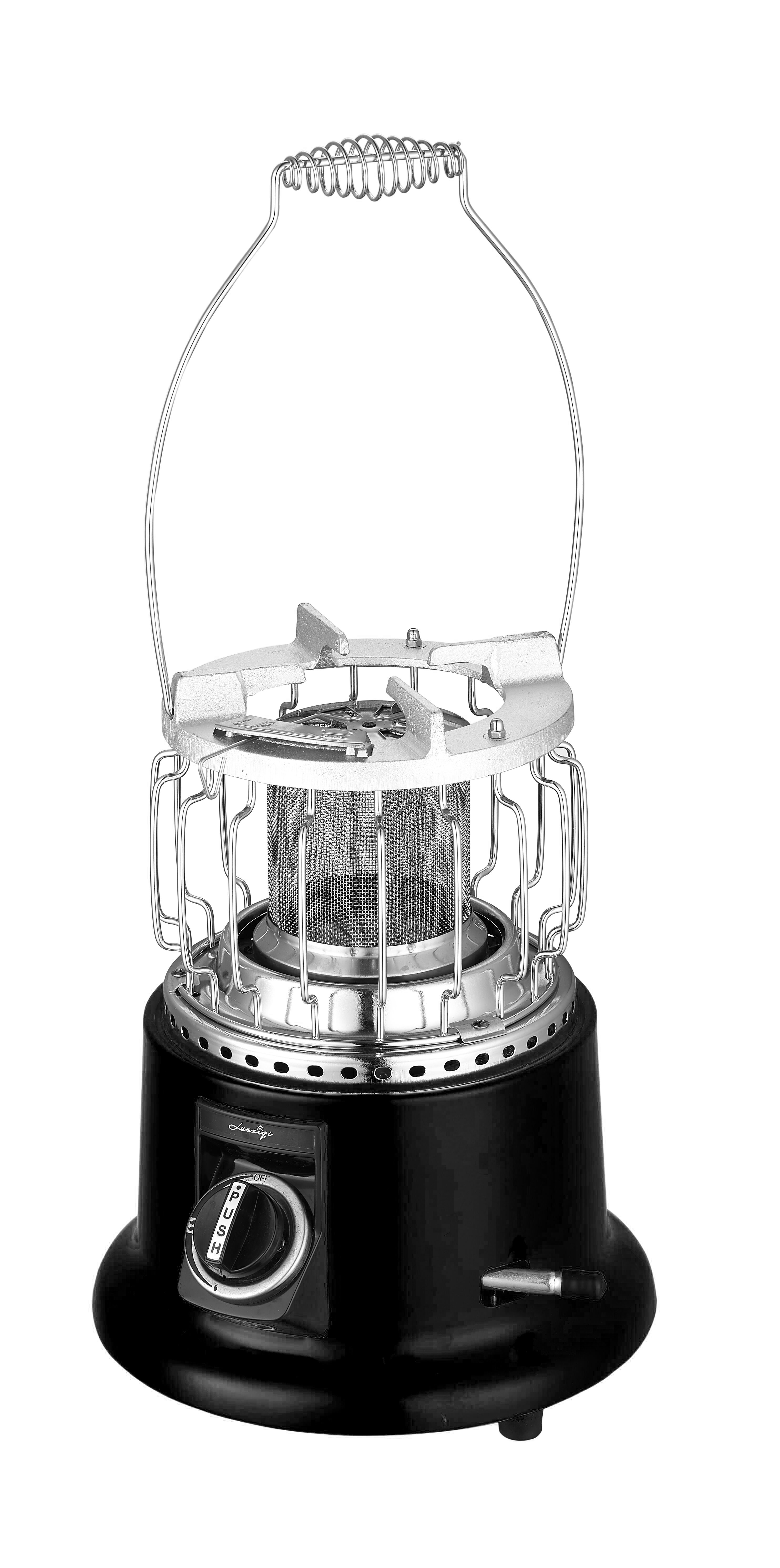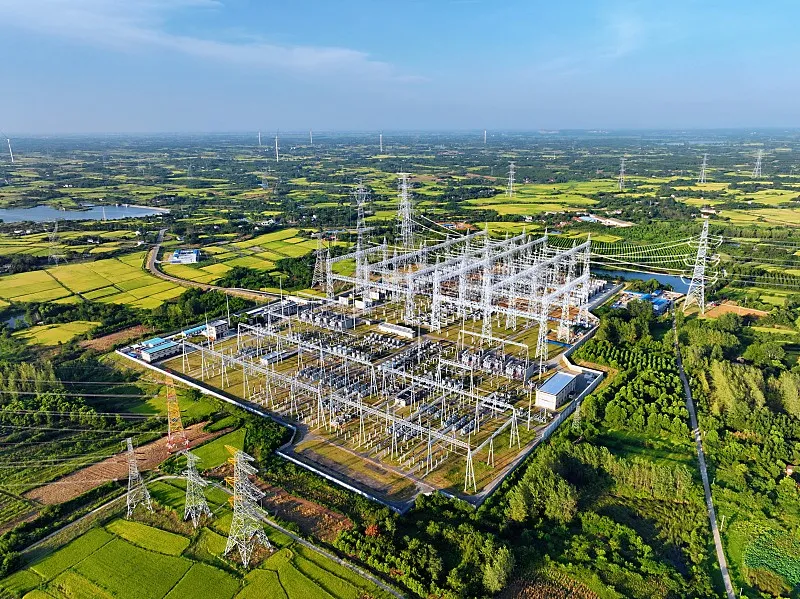Implementing Butane Portable Gas Heater Safely
Essential Guidelines for Portable Butane Heater Operation
Mastering the safe implementation of a butane portable gas heater requires careful attention to detail and adherence to proper protocols. These versatile heating solutions offer convenience and efficiency for both indoor and outdoor spaces, but their operation demands a thorough understanding of safety measures and best practices. This comprehensive guide will walk you through everything you need to know about safely utilizing these practical heating devices.
Understanding Butane Portable Heater Components
Core Components and Their Functions
Every butane portable gas heater consists of several essential parts that work together to provide efficient heating. The fuel canister housing securely holds the butane cylinder, while the ignition system enables safe and reliable startup. The heating element, typically ceramic or infrared, converts fuel into warmth, and safety features like tip-over switches and oxygen depletion sensors provide crucial protection.
The control panel allows users to adjust temperature settings and monitor fuel levels. Understanding these components helps ensure proper maintenance and operation, ultimately extending the heater's lifespan while maintaining safety standards.
Safety Features and Mechanisms
Modern butane portable gas heaters come equipped with multiple safety mechanisms designed to prevent accidents. Automatic shut-off systems activate when the unit tips over or detects low oxygen levels. Pressure regulators maintain consistent fuel flow, while thermal cutoff switches prevent overheating. These features work together to create multiple layers of protection for users.
The protective grill covering the heating element prevents direct contact with hot surfaces, while sturdy bases enhance stability. Some models also include child-safety locks and leak detection systems for additional security.

Proper Installation and Placement Guidelines
Selecting the Ideal Location
Choosing the right spot for your butane portable gas heater is crucial for safe operation. Always place the unit on a level, stable surface away from foot traffic. Maintain at least three feet of clearance from furniture, curtains, and other combustible materials. Avoid locations near windows or doors where drafts could affect performance or create safety hazards.
Indoor placement requires special consideration for ventilation. Ensure the room has adequate air circulation and never place the heater in small, enclosed spaces. Consider the room's size and ceiling height when determining the appropriate location for optimal heating efficiency.
Ventilation Requirements
Proper ventilation is essential when using a butane portable gas heater indoors. The room should have sufficient air exchange to prevent oxygen depletion and allow proper combustion. A general rule is to provide at least one square inch of ventilation area per 1,000 BTUs of heater capacity.
Open a window slightly or ensure other ventilation sources are available. Monitor the room for signs of poor ventilation, such as excessive humidity or condensation on windows. Regular air exchange helps maintain safe oxygen levels and removes any accumulated combustion byproducts.
Maintenance and Regular Safety Checks
Daily Inspection Procedures
Before each use of your butane portable gas heater, perform a thorough visual inspection. Check for any damage to the unit's housing, fuel connections, or control panel. Verify that all safety features are functioning correctly and ensure the heating element is clean and unobstructed.
Test the ignition system and observe the flame quality once lit. A healthy flame should be blue with minimal yellow coloring. Inspect the fuel canister for damage or leaks, and ensure it's properly seated in the housing. These daily checks help prevent potential safety issues before they become serious problems.
Long-term Maintenance Requirements
Regular maintenance extends the life of your butane portable gas heater and ensures continued safe operation. Clean the unit regularly, removing dust and debris that could affect performance. Inspect and clean the fuel jets and burner ports according to the manufacturer's recommendations.
Check all gaskets and seals periodically, replacing them if signs of wear appear. Have a qualified technician perform annual inspections to verify all safety systems are working correctly and address any potential issues before they lead to malfunctions.
Emergency Procedures and Safety Protocols
Recognizing Warning Signs
Understanding potential warning signs helps prevent dangerous situations when using a butane portable gas heater. Watch for unusual flame patterns, strange odors, or excessive noise during operation. Yellow or orange flames may indicate incomplete combustion, while strong gas smells could signal a leak.
Pay attention to any unusual behavior from the heater, such as difficulty staying lit or inconsistent heating. If the safety features activate frequently, this could indicate a problem requiring professional attention. Quick recognition of these warning signs allows for prompt corrective action.
Emergency Response Steps
In case of emergency, knowing the proper response procedures is crucial. If you detect a gas leak, immediately turn off the heater and evacuate the area. Don't operate electrical switches or create any sparks. Open windows and doors to ventilate the space, and contact emergency services if necessary.
For fire emergencies, use an appropriate fire extinguisher rated for gas fires. Never use water on a gas-fueled fire. Establish and practice an emergency evacuation plan with all household members to ensure everyone knows how to respond in critical situations.
Frequently Asked Questions
How often should I replace the butane canister in my portable heater?
Replace the butane canister when fuel levels are low or if you notice decreased heating performance. Most portable heaters include fuel level indicators to help monitor consumption. Never attempt to refill disposable butane canisters, as this is dangerous and illegal in many areas.
Can I use my butane portable gas heater while sleeping?
It's not recommended to operate any gas heater while sleeping. Although modern units have safety features, it's best to turn off the heater before going to bed to prevent potential safety risks. Consider using the heater to warm the room before sleeping instead.
What should I do if my heater won't light properly?
First, check that the butane canister is properly installed and has adequate fuel. Verify that all connections are secure and clean. If problems persist, consult the user manual for troubleshooting steps or contact the manufacturer for guidance. Never attempt to modify or repair fuel system components yourself.







